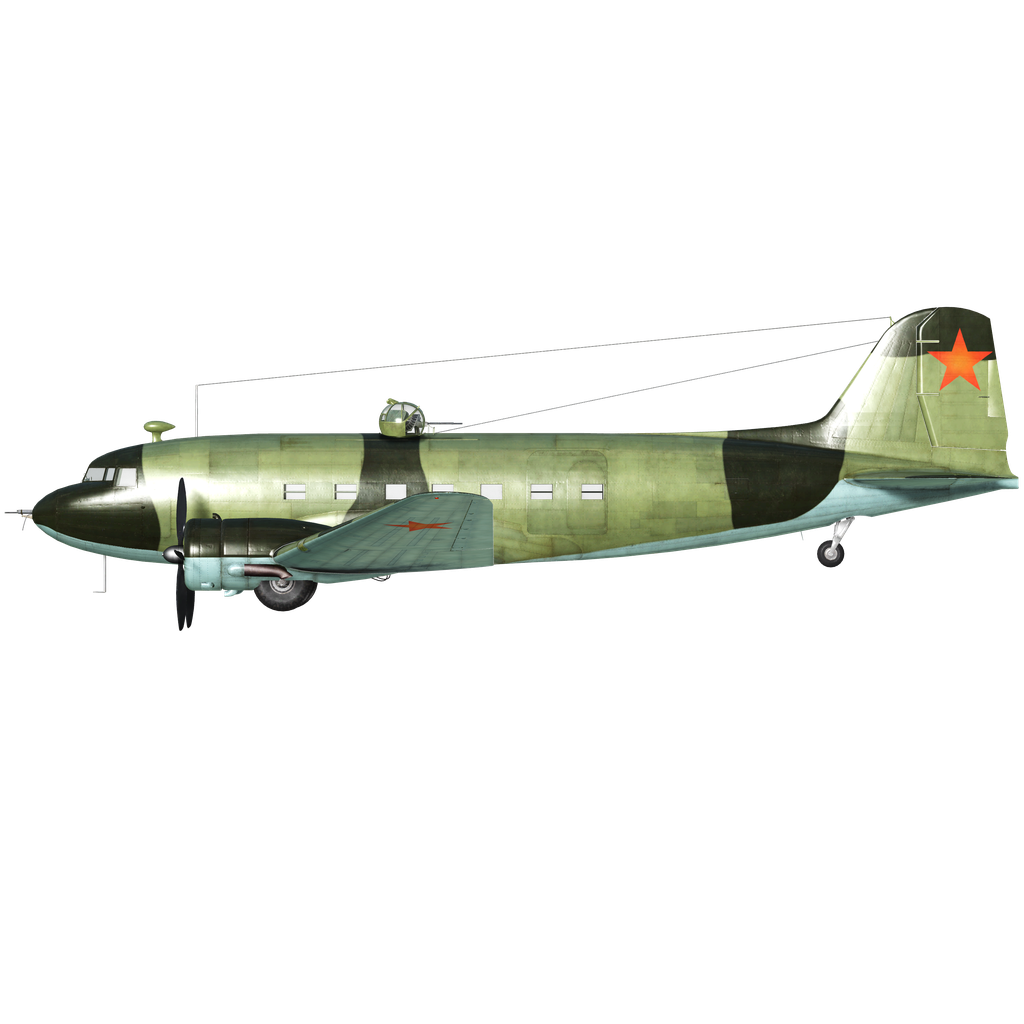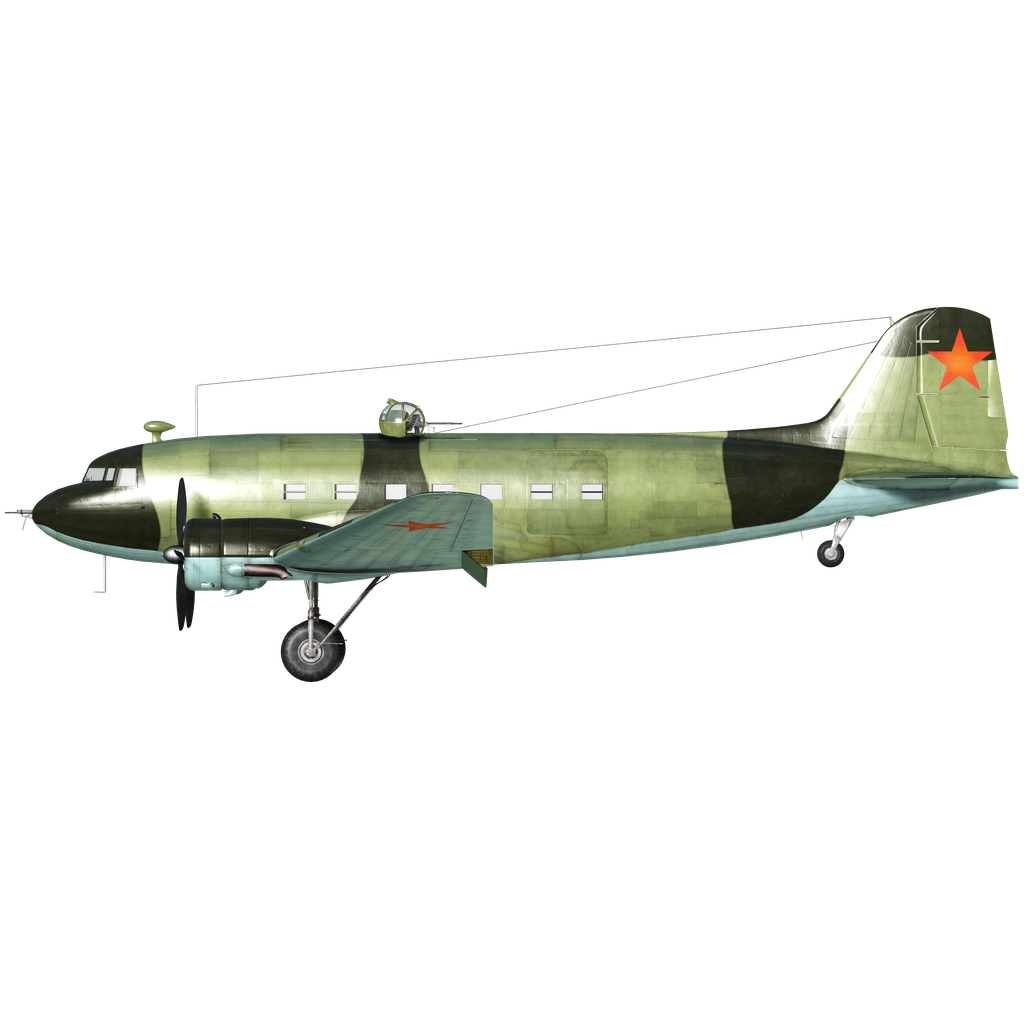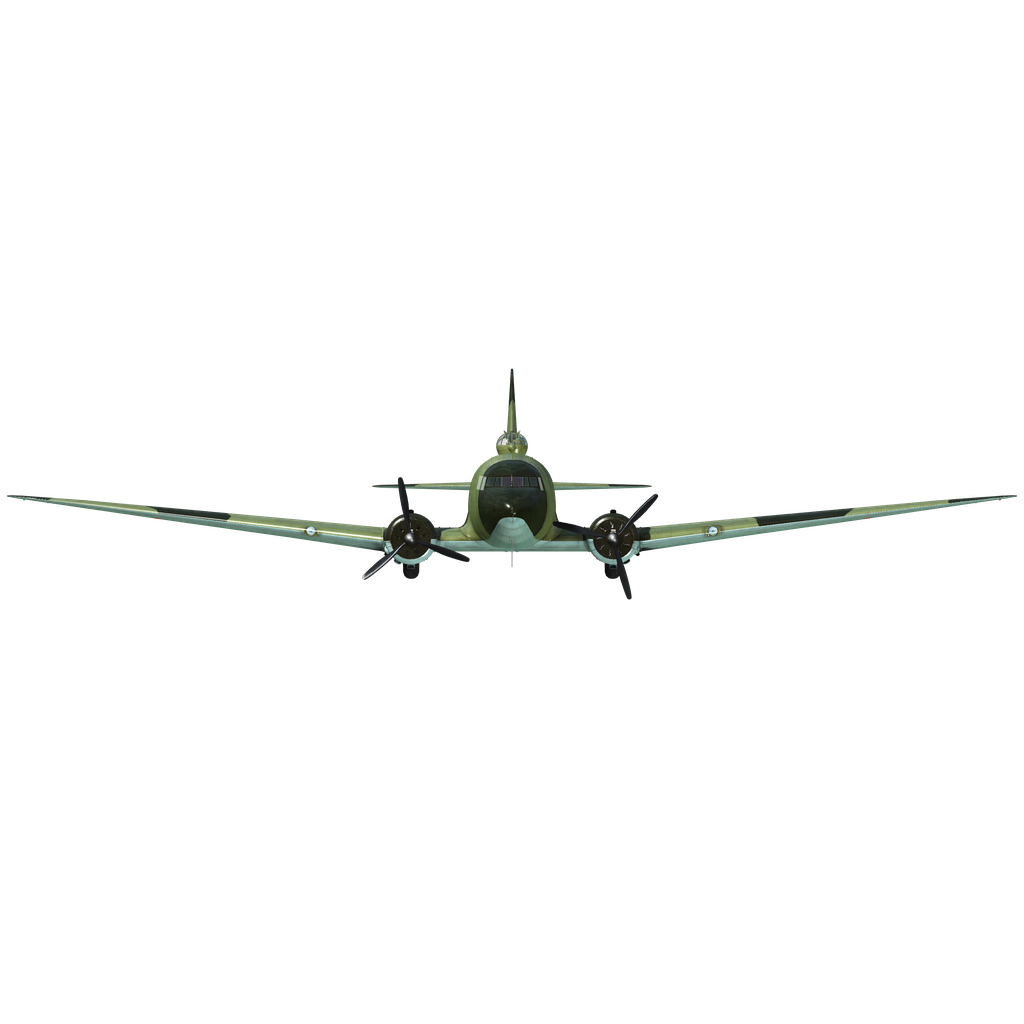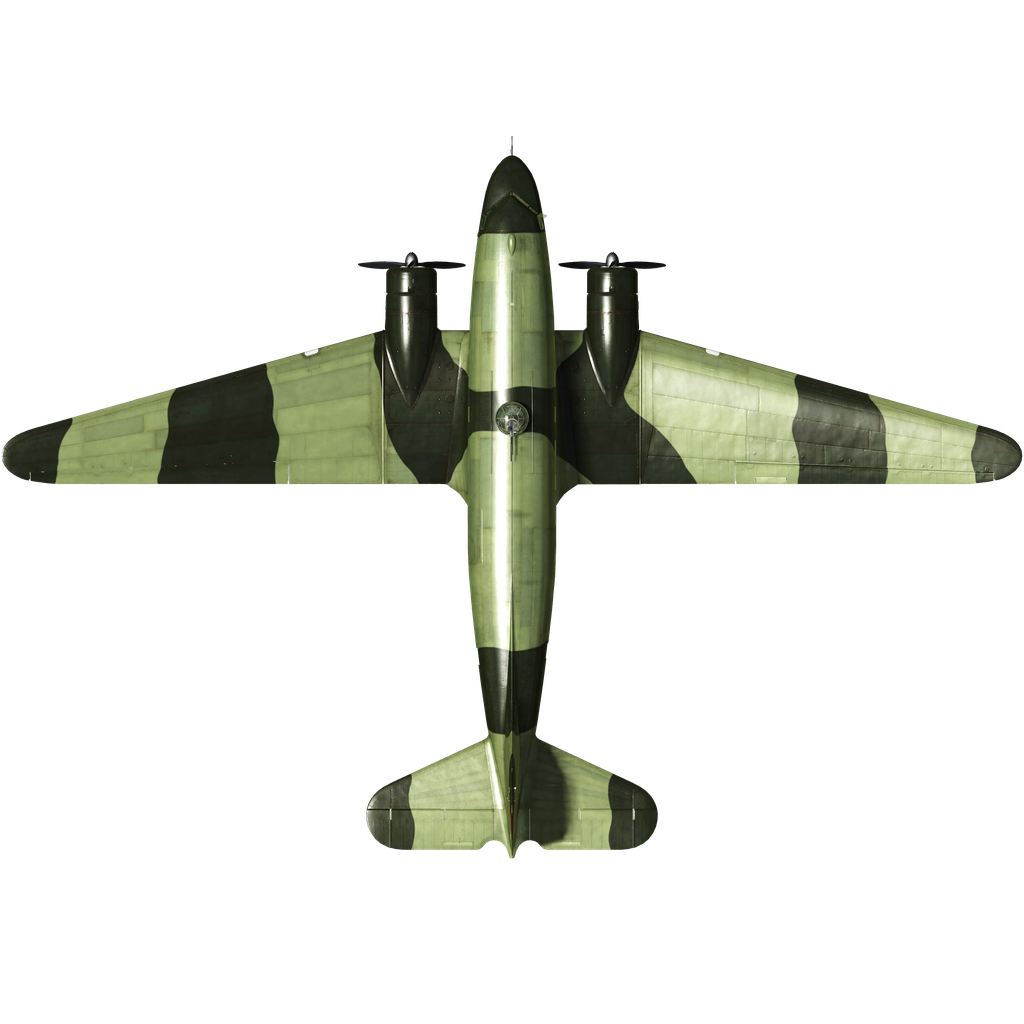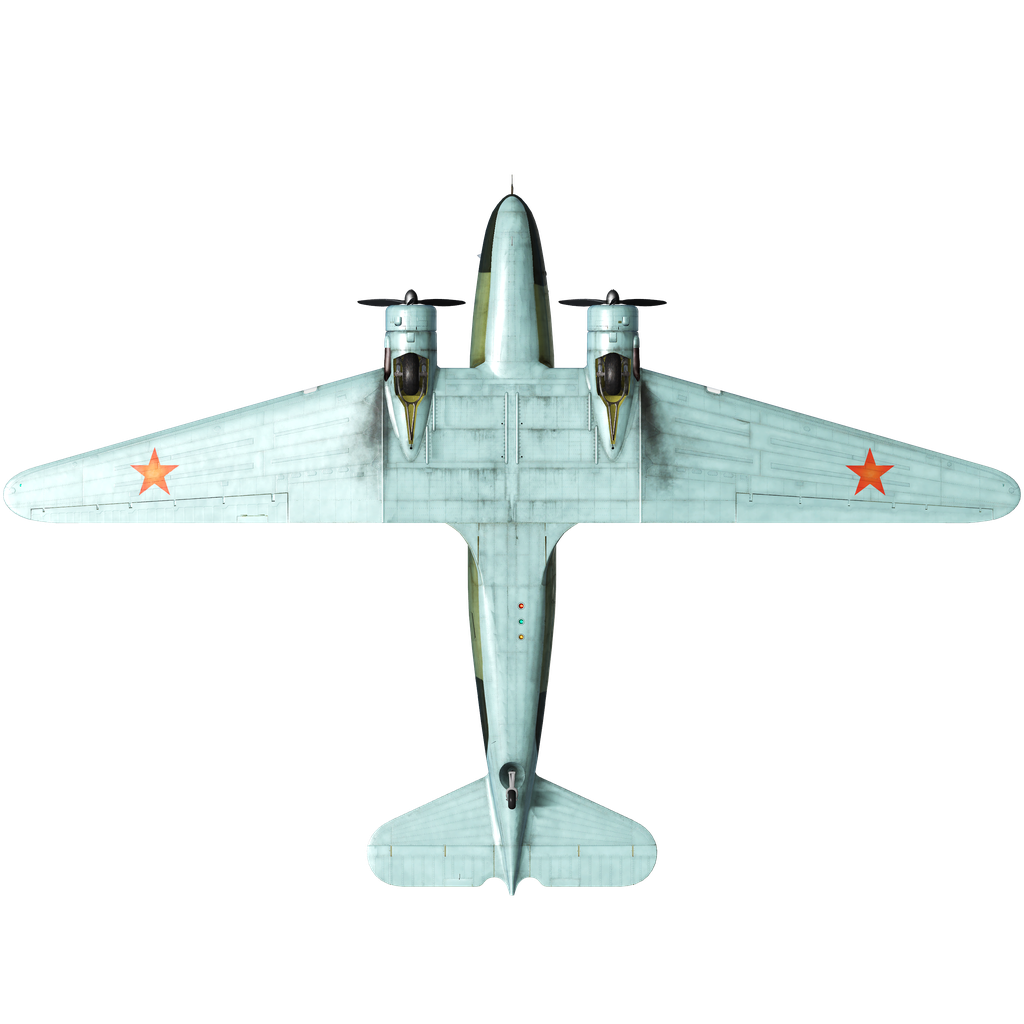The story of this airplane began in 1935 when Douglas Aircraft created the best passenger and transport airplane of its time — the DC-3. The aircraft became popular and was sold and produced under license all over the world. On April 11, 1936, a decision was made to purchase a license from the U.S. for production in the USSR, and in 1937, development of the licensed DC-3 began at Plant No. 84 in Khimki near Moscow.
Many complex problems had to be solved that could not be solved in Holland or in Japan (Mitsubishi), which also bought licenses but was forced to assemble the DC-3 from parts supplied by the USA. First of all, the dimensions had to be converted from the imperial to the metric system, while at the same time, the structural elements had to be recalculated according to domestic strength standards. The introduction of the pattern method was also no easy task. Plant No. 84 was able to safely overcome the difficulties that arose from time to time and finally organize the mass production of the aircraft under the designation PS-84. At the same time, the Soviet planes were very different from the overseas prototypes: they were built almost entirely from domestic materials, and the internal layout of the compartments was changed. The front door opened inwards, not outwards. M-62IR engines were installed. In general, they cannot be called a complete copy of the DC-3. On September 17, 1942, the aircraft received the designation Li-2, after the name of engineer B.P. Lisunov, who supervised the introduction of the aircraft into mass production (at the same time, until the end of the war, the new designation was applied only to military versions of the aircraft).
-
Li-2. Almost all Li-2s for military use were equipped with weapons and bomb racks. A bomb sight was installed. At the beginning of production, an MV-3 upper turret with a 7.62 caliber ShKAS machine gun was installed, later (from about autumn 1942) it was replaced by a UTK-1 turret with a 12.7 mm UBT machine gun. The aircraft could carry 1000 kg of bombs externally. The crew consisted of 6 airmen: two pilots, a navigator, a flight mechanic, a radio operator, and a gunner. From the fall of 1942, the Li-2 was produced as a multi-purpose military aircraft: in the cargo compartment, enlarged by the front cargo racks, the floor was reinforced and a large cargo hatch was installed on the left side. It could carry 18 stretchers in three tiers, and three folding seats made it possible to carry two slightly wounded people and a medic. Folding plywood benches along the sides of the fuselage made it possible to carry paratroopers.
-
Li-2NB - Night Bomber. Armament: 3 ShKAS machine guns (1 in the nose) and a 12.7 mm UBT turret. Four externally mounted bombs, each weighing 250 kg. The crew accommodation was modified. The cockpit door on the starboard side became convex, and behind it was placed an NKPB-7 (night) bomb sight, facing into the lower part of the door, whose glazing could be folded down to improve visibility. Instead of the RPK-2 radio semi-compass, the American Bendix MN-26C was installed, and the RSB-bis radio station was replaced by the RSR-1.
-
Li-2D - airborne, for dropping paratroopers (1942) with a turret-mounted 12.7 mm machine gun (sometimes coaxial 7.62 mm).
-
Li-2 (2M-88) - a series produced beginning in 1943, differing only in the type of engines with a power of 1100 hp. and weapons (a turret machine gun). It could carry 25 soldiers and reach speeds up to 350 km/h.
-
Li-2VP - an experimental night bomber with bombs placed in the cabin and dropped through tunnels in the floor. Armament - UTK-1 turret in the upper fuselage and two 7.62 mm ShKAS in the side hatches. Load from 1.5 to 2.5 tons of bombs.
-
Li-2T - post-war transport modification.
A total of 5,207 Li-2s were produced between 1939 and May 1953.
With the beginning of the Great Patriotic War, the aircraft performed a wide variety of tasks: the Li-2 dropped cargo to partisans, surrounded troops, landed troops, evacuated the wounded (including from besieged Sevastopol), transported military leaders, delivered orders, and was also used as a night bomber. By the summer of 1943, the Air Force had three air corps, including the 7th Air Corps of the ADD, almost entirely armed with Li-2s in both transport and bomber versions. By the end of the war, there were a total of 19 regiments that were equipped with these aircraft. The Li-2 was operated by the military transport aviation of the USSR Air Force until the 70s and was also supplied to other countries.
Sources:
1. Perov V., Rastrenin O. “Li-2 - “Air Horse” Airplanes of the World No. 1,2. 2000
2. V.B. Shavrov “History of aircraft designs in the USSR 1938-1950” 1988
3. Filimonov M. “The same “Dakota” Wings of the Motherland No. 12. 1993
4. Website https://aviarmor.net

